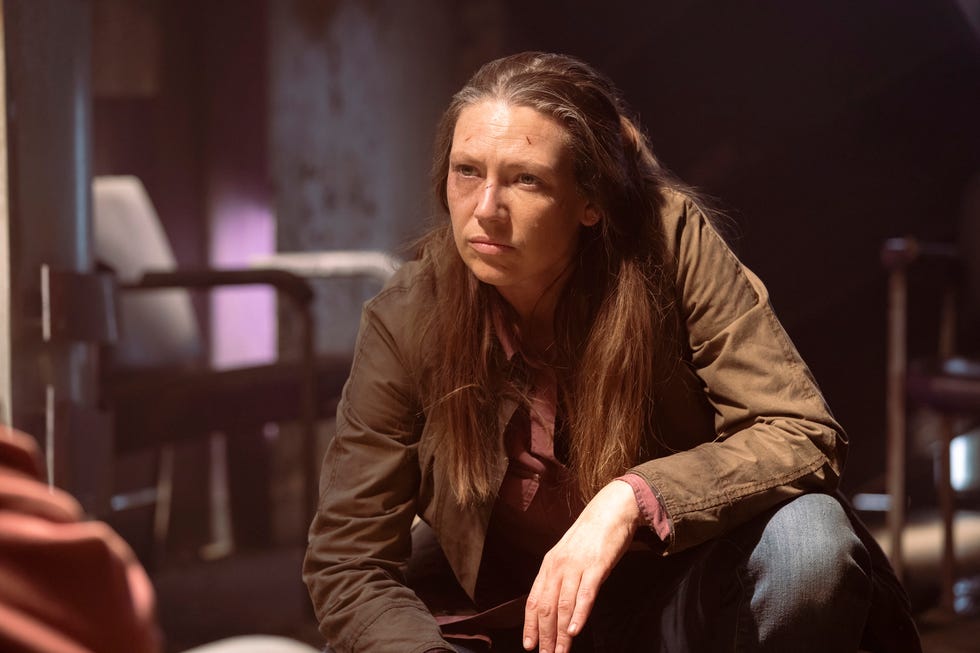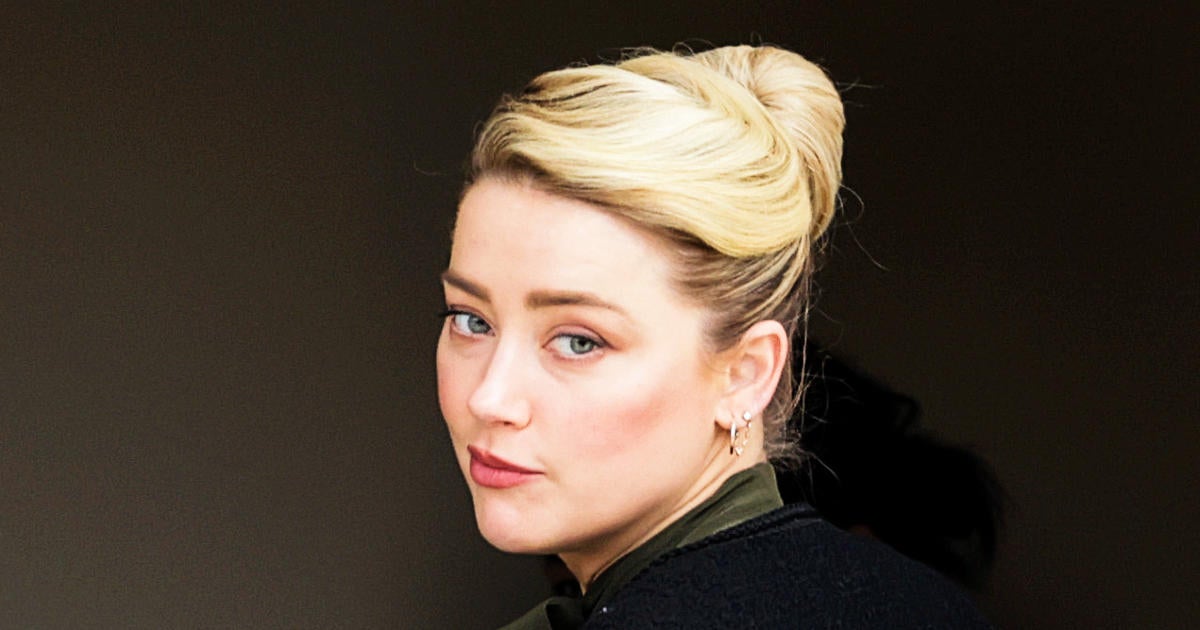How the Latest Death In The Last of Us Subverted Our Expectations
Spoilers ahead for episode 2 of The Last of Us.
She was never meant to survive; that much we already knew. In the 2013 PlayStation game upon which the HBO series The Last of Us is based, the smuggler Tess Servopoulos has only a comparatively brief amount of time to spend with 14-year-old Ellie Williams. Instead, it’s her work (and romantic) partner, Joel, who gets the bulk of the bonding opportunities with Ellie, whom he shuttles across the country in hot pursuit of the Fireflies, a rebel group intent on crafting a vaccine from Ellie’s fungus-immune blood. Tess dies early in the story: Before she has the chance to deliver Ellie safely, one of the monstrous infected rips off a chunk of her shoulder, dooming her to a slow death as the cordyceps fungus steers control of her brain.
In the game, Tess refuses to “turn,” instead sacrificing herself to the incoming FEDRA soldiers so Joel and Ellie can make their escape without detection. But in the HBO adaptation, Tess—in a pitch-perfect portrayal by Anna Torv—dies while fighting off infected, not humans.
The scene is purposefully intimate. Tess, Joel (Pedro Pascal), and Ellie (Bella Ramsey) have arrived at the capitol building, a rendezvous point where the Fireflies are meant to pick up Ellie. Once there, they discover only fungus-ravaged corpses, prompting Tess to spiral as she hunts for something, anything, that might clue them into the Fireflies’ location. Joel urges they instead return home to the Boston quarantine zone, and she snaps, “That’s not my fucking home!”
Her reaction clues him into the truth: Tess is infected, and now Ellie represents much more than valuable cargo. Tess is never going home again.
Her plan B is the best she can offer. She demands Joel get to Bill and Frank, two of their smuggling connections who supposedly can get in touch with the Fireflies. Joel is very much not on board with this idea, but before he can argue an infected awakens beside them, and Joel’s trigger-happy instincts get the best of him. When he shoots the monster in the head, its fungal hivemind awakens other zombies in the area—most of them seemingly runners and stalkers—and Tess bursts into action: She immediately starts spilling gasoline drums and hand grenades onto the floor. “Save who you can save,” she pleads with Joel, and as he drags Ellie out of the building she turns to face the approaching horde.
Here’s where the show takes a decidedly unexpected approach. When the infected burst through the capitol door, most seem unaware of her presence as she backs away, trying—in vain—to ignite the lighter in her shaking hand. But one finally notices her ragged breaths, and it approaches her slowly, almost curiously, as if confounded by the fact that she’s not trying to run away. As it staggers closer, Tess tries the lighter again and again, only for the stalker to get within inches of her face. Once there, it does not bite; in a grotesque change of pace, it kisses her, allowing the fungus tendrils in its own mouth to spread into hers. Only with this horror realized does the lighter finally burst into flame, and the capitol blows to high heaven as Joel and Ellie make their escape.
Why, then, was this subtle but unexpected change essential to the adaptation? For one thing, it provided essential context for how cordyceps operates in the world of The Last of Us. It’s not necessarily violent by nature; it’s violative. In an interview with Variety published shortly after the second episode aired, director Craig Mazin put it this way: “I think it’s very primal in the way it invades your own body. To use an overused word, it’s triggering.”
Neil Druckmann, co-creator of the show and one of the game’s original developers, added further context for the decision. “We had a long conversation about what’s more thematically appropriate for this episode, which is called ‘Infected’ and is about the threat of the outside,” he told Variety. “We’ve left the quarantine zone, and that led to this other version where she’s giving an opening to escape to Joel and Ellie by blowing up a bunch of infected. Because we’re cruel to the characters we love so much, it felt like she knows she’s done for, and then the lighter doesn’t work, and we take her all the way to the edge of horror before we finally give her an out.”
Fans immediately jumped on the scene after it aired on January 22. Some criticized the kiss of death, calling it “unnecessary,” “nasty,” “kinda weird” and saying they “just couldn’t buy into it” and that it “really threw me off though and it ruined the ending.” Still others called it “well thought out and terrifying” and “perfect, but horrifying.” Many of these fans are also fans of the game, meaning they knew Tess would die but were shocked by how exactly the death played out.
In the Variety interview, Mazin sheds a little light as to why it was nevertheless essential for Tess’s death to feel particularly traumatic: It’s one of several turning points for Ellie as a character. Tess is Ellie’s first connection with the outside world, someone Ellie thought would take her to the end of the line. Ellie—already suffering from survivor’s guilt—then has to abandon her to the creatures from whom she, alone, is immune.
“When it came to Ellie, Tess was the one she looked up to,” Mazin explained. “Tess was the one she connected to. Joel was not somebody she had an instinctive connection with … Watch who she talks to, who she’s standing next to, who she walks beside, and part of that was to propose this alternate storyline where it’s not Tess who meets her demise, it’s Joel. And then the show is about Tess and Ellie. That’s maybe the story that Ellie is imagining in her mind, which makes what happens all the more tragic and frustrating. Joel doesn’t want her, and she doesn’t want him. What they don’t know and what we know is they are two magnets that were destined to click together and form this inseparable and, at times, dangerous bond.”
Although Ellie doesn’t see the infected kiss, it’s certainly something she can imagine. Having the suddenness of that death, the violation of that death, weighing on her? It’s something that will impact Ellie’s choices well into the rest of the series.

Associate Editor
Lauren Puckett-Pope is an associate editor at ELLE, where she covers film, TV, books and fashion.







